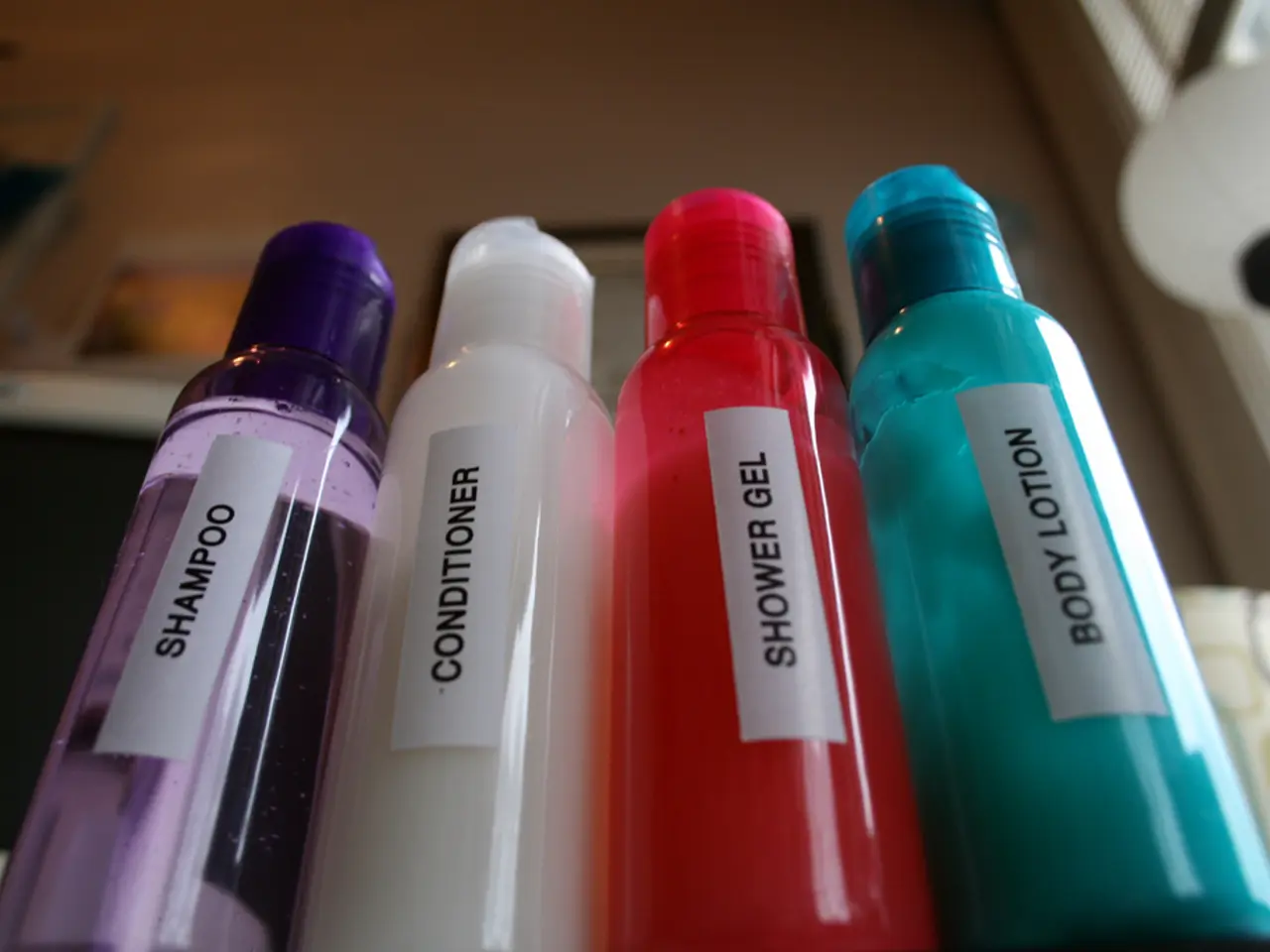UV Light Therapy: Conditions It Targets and Its Operational Mechanisms
In the realm of skincare treatments, UV light therapy has gained popularity for its potential benefits. However, it's crucial to understand the contraindications and potential side effects before diving into this treatment.
Home UV light therapy devices come in various forms, including walk-in units, tabletop, and hand-held models for spot treatment. But, it's essential to remember that the safety and effectiveness of these treatments depend on several factors.
One of the main contraindications for UV light therapy includes photosensitive disorders such as xeroderma pigmentosum, where the skin is extremely sensitive to UV light. Active cancers or tumors should also avoid UV therapy without oncologist approval. Similarly, active skin infections or broken skin, the use of photosensitizing medications or skincare products, photosensitive autoimmune conditions like lupus, and those with a weakened immune system should all steer clear of UV light therapy.
Patients with epilepsy should exercise caution with light therapies involving flicker, and avoiding overlap with other aggressive skin treatments without professional guidance is advisable.
In contrast, safe skin conditions for UV light therapy generally involve intact, non-infected skin without photosensitivity or cancer risks. Those without these contraindications may benefit from UV therapy under professional supervision.
Home care for UV light therapy may involve using a fragrance-free moisturizer to combat dryness, a common short-term side effect. Other short-term side effects include itching, blistering, increased pigmentation, light-induced inflammation of parts of the eye, photoconjunctivitis, and photokeratitis.
The length and frequency of treatment sessions depend on the type of light therapy and the condition. For instance, UVB therapy typically involves three sessions per week, UVA1 treatment involves five sessions per week, and PUVA treatment varies with different skin conditions. Heliotherapy involves two sessions per day for 3-4 weeks.
While home UV light therapy can be relatively safe and effective for certain skin conditions, long-term side effects include various light-induced skin cancers, light-induced aging (wrinkling, atypical dryness, freckling, dilation of tiny blood vessels in the skin, loss of elasticity), and cataracts.
Improvements from UV light therapy vary depending on the skin condition and type of therapy, with guttate psoriasis responding very well to UVB therapy. It's essential to remember that every individual's skin response to UV light therapy can be different, and it's crucial to consult a healthcare provider before starting any new treatment.
In summary, while home UV light therapy holds promise for certain skin conditions, it's crucial to consider the potential risks and contraindications. Always consult a healthcare provider before starting any new treatment.
Read also:
- Americans Lose Insurance Under New Tax Legislation, Affecting 10 Million Citizens
- Symptoms, Causes, and Other Factors of Spinal Muscular Atrophy Type 1
- Lethargy Prevails in Quadrell's Centrally Located Square
- Diabetic Retinopathy: Understanding the Distinctions Between Progressive and Stationary Varieties




